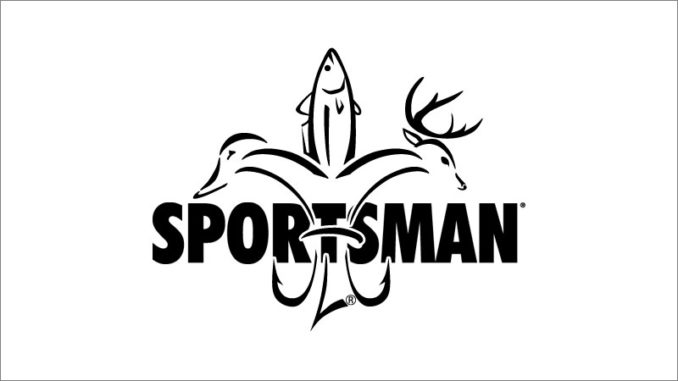
April, said English poet T.S. Elliot, is the cruelest month, which means, of course, he wasn’t a fisherman.Striped bass anglers in North Carolina know during April and May at eastern rivers, especially the Roanoke, things couldn’t be better. Yet there’s a problem. This year it comes packaged in the form of baitfish — river herring (bluebacks) and alewives.
Some people are upset the N.C. Wildlife Resources Commission voted March 2 to stop the harvest of herrings from its jurisdictional inland waters (rivers, creeks, streams). However, the ban won’t go into effect until July 1, 2006, which leaves striper anglers — but not herrings — safe for this year’s spring striper run.
A coastal guide, who moves his business to Weldon for four weeks each spring to take clients striper fishing, said herrings are the No. 1 striper bait, and he doesn’t agree with the coming ban.
“Live shad, frozen shad, gizzard shad, minnows, bucktails, Rebels, Clousers … herring beats them all,” he said. “A striper will pass up everything else to eat a chunk of cut herring. Recreational anglers don’t take enough herring to hurt anything; four a day is enough for me. Besides, (state biologists) don’t really know why the herring (catch) numbers have dropped.”
The guide said the few remaining commercial netters don’t harvest many herring (the Marine Fisheries Commission cut the commercial quota this year to 100,000 pounds) and a hurricane (Isabel) destroyed N.C.’s only herring cannery, the Wynne Cannery. “It could be beavers, too, damming up spawning creeks,” he said.
Whatever the cause, it’s clear herring are in trouble for some reason. Biologists from the WRC and DMF agree herring need protection. In fact, WRC experts are pessimistic the stock can be saved.
“The data could not be more clear that Albemarle Sound, Roanoke River and Chowan River (herring) stocks are near collapse,” said James “Pete” Kornegay, the WRC’s veteran eastern rivers fisheries biologist. “DMF biologists agree about this, too.”
However, the MFC still voted to continue herring netting, although it cut the commercial netting quota and reduced the recreational take from 25 herring to 12 herring per day this spring.
“Water quality and spawning habitat aren’t (limiting) factors,” Kornegay said. “We have good water quality, and herring have miles of woody habitat (to spawn) in the Roanoke and Chowan (rivers). Too many stripers also isn’t the problem; stripers and herring always have coexisted. Dammed creeks by beavers aren’t a factor. Neither is it offshore Russian trawlers.”
Recreational anglers in 2007 still may get 6-inch-long-or-less herring from upstream lakes, such as Roanoke Rapids and Gaston.
“(The WRC) 25-herring limit is still in effect this spring,” Kornegay said. “However, in joint-waters (below the U.S. 258 bridge), the DMF rule is 12 herring per angler. The DMF has jurisdiction in joint waters. So (2006 enforcement) is gonna be a mess.”
The MFC, by allowing netters to take millions of pounds of herring for decades, even after repeated warnings to cut back, may have solved its herring concerns years ago without knowing it. If the herring stock collapses, that’ll be the end of the problem.
But who could imagine a state agency’s policy, to drive a fish species to extinction’s brink, would be an official solution?




Be the first to comment